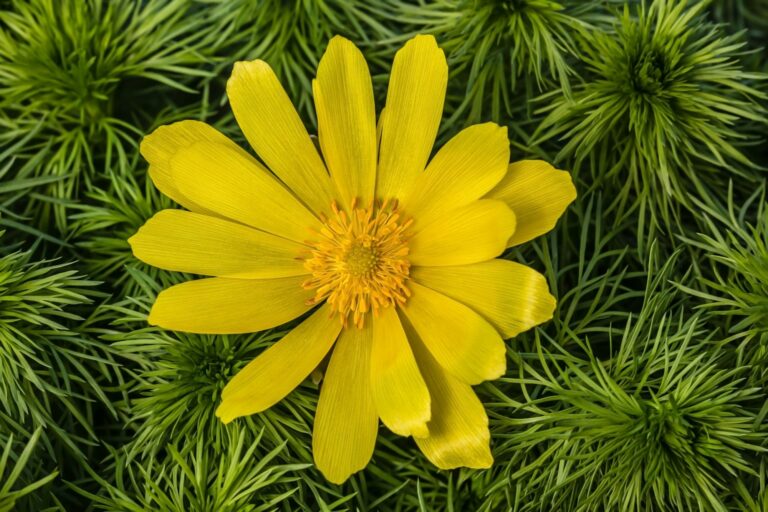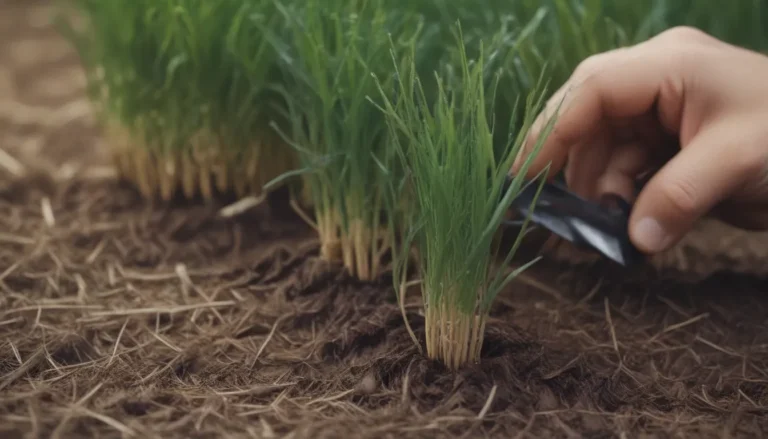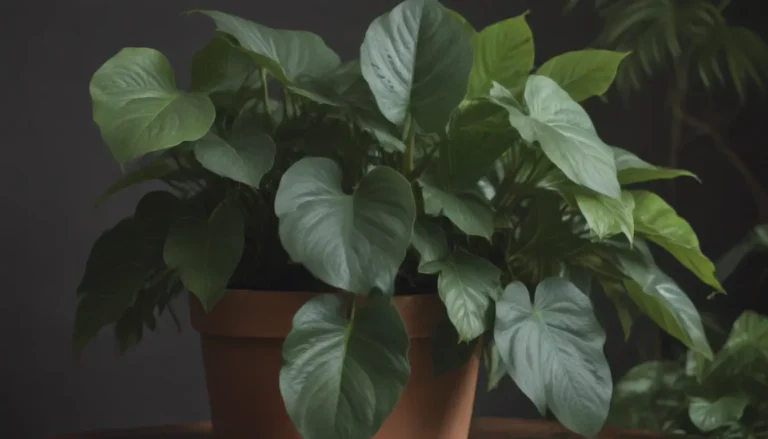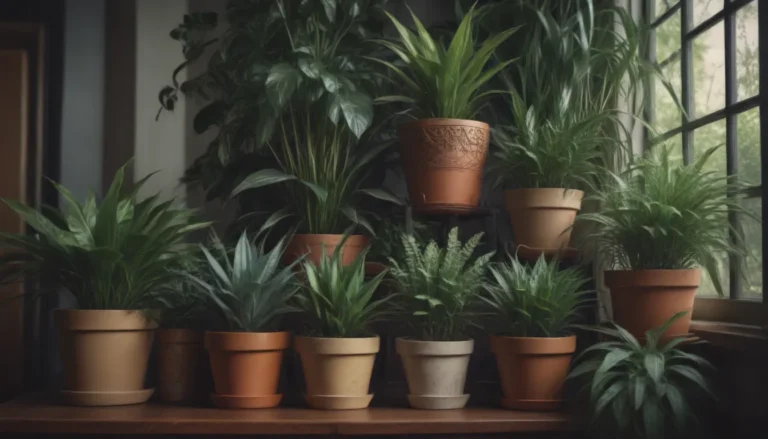Identifying and Managing Plant Pests and Diseases in Your Garden
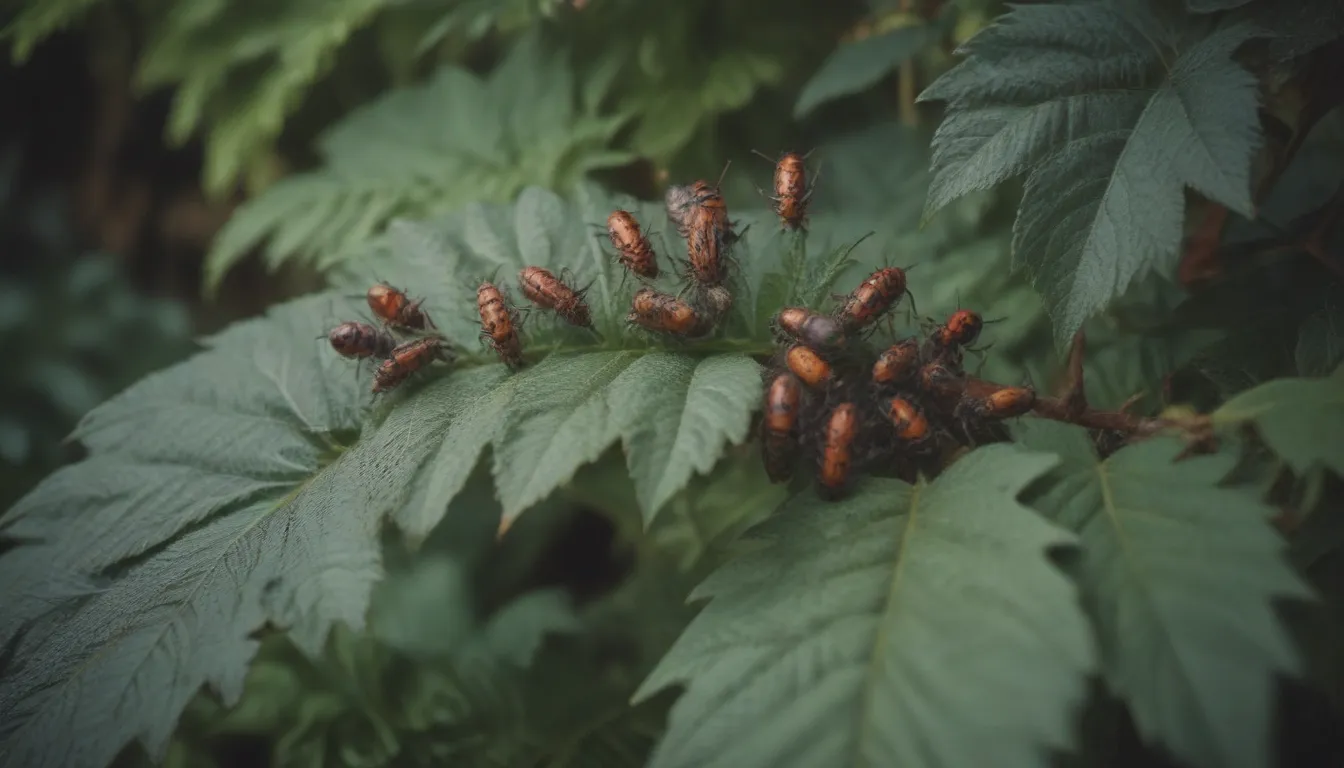
Gardening in your yard can be incredibly rewarding, but pesky pests and diseases can quickly turn your lush landscape into a battleground. From aphids to powdery mildew, these nuisances can wreak havoc on your plants if left unchecked. However, by regularly monitoring your garden and familiarizing yourself with common pests and diseases, you can stay one step ahead and prevent major damage. In this comprehensive guide, we’ll explore various plant pests and diseases, how to identify them, and effective management strategies to keep your garden thriving.
The Importance of Identifying Plant Pests and Diseases
While plant pests and diseases may not always be immediately fatal to your plants, they can weaken them over time and compromise their overall health. By learning to identify these issues early on, you can take proactive measures to protect your garden and ensure your plants reach their full potential. Whether you’re a seasoned gardener or a novice enthusiast, being able to recognize and address common pests and diseases is essential for maintaining a thriving garden.
Common Plant Pests and Diseases
Aphids
Identifying Characteristics: These small, pear-shaped insects can be green, black, brown, or red and often cluster on the undersides of leaves.
Damage: Aphids feed on plant sap, causing wilting and distorted growth.
Management: Use a jet of water or insecticidal soap to control aphid infestations. Repeat treatments may be necessary.
Cabbage Worms
Identifying Characteristics: Look for small green caterpillars feeding on cabbage leaves.
Damage: Cabbage worms can create holes in leaves and stunt plant growth.
Management: Hand-remove adults and inspect undersides of leaves for eggs.
Spider Mites
Identifying Characteristics: These tiny pests can cause leaves to dry out and die.
Damage: Spider mites feed on plant juices, leading to yellowing and wilting leaves.
Management: Control infestations with horticultural soap and regular monitoring.
Squash Bugs
Identifying Characteristics: Watch for squash bug eggs hatching on leaf undersides.
Damage: Squash bugs can cause wilting and yellowing of leaves.
Management: Remove affected leaves and scout for adult bugs.
Tomato Hornworms
Identifying Characteristics: Look for large, green caterpillars on tomato and pepper plants.
Damage: Hornworms can decimate foliage and fruits.
Management: Handpick hornworms and dispose of them to prevent further damage.
Whiteflies
Identifying Characteristics: These small, white insects feed on plant sap.
Damage: Whiteflies can cause wilting, stunting, and plant death.
Management: Monitor for whiteflies regularly and use pyrethrum or neem-based sprays to control infestations.
Wireworms
Identifying Characteristics: These slender, yellowish larvae feed on plant roots.
Damage: Wireworms can slow plant growth and weaken plant health.
Management: Limit wireworm damage by practicing good soil management and crop rotation.
Cucumber Beetles
Identifying Characteristics: Look for beetles feeding on plant roots, leaves, and flowers.
Damage: Cucumber beetles can spread bacterial wilt disease and stunt plant growth.
Management: Use wilt-resistant plants and trellising to control beetle populations.
Plant Viruses
Identifying Characteristics: Mottled yellow leaves may indicate a viral infection.
Damage: Viruses can weaken plants and reduce yields.
Management: Remove and destroy infected plants to prevent virus spread.
Gray Mold on Peony Leaves
Identifying Characteristics: Look for fuzzy gray mold on peony leaves.
Damage: Gray mold can affect plant health and aesthetics.
Management: Remove infected leaves and promote airflow around plants.
Powdery Mildew
Identifying Characteristics: Powdery white growth on plant leaves indicates mildew.
Damage: Mildew can weaken plants and reduce photosynthesis.
Management: Use fungicides to control powdery mildew outbreaks.
Leaf Spot
Identifying Characteristics: Circular spots on plant leaves suggest a fungal infection.
Damage: Leaf spot can lead to defoliation and plant decline.
Management: Remove infected leaves and use fungicides as needed.
Effective Pest and Disease Management
Prevention is Key
- Maintain good garden hygiene by removing plant debris and weeds regularly.
- Use resistant plant varieties whenever possible.
- Rotate crops to prevent the buildup of specific pests and diseases in the soil.
Integrated Pest Management (IPM)
- Monitor your garden regularly for signs of pests and diseases.
- Employ a combination of cultural, biological, and chemical control methods.
- Only use pesticides as a last resort and follow label instructions carefully.
Natural Predators
- Encourage beneficial insects like ladybugs and lacewings in your garden.
- Plant flowers that attract pollinators and predators of common pests.
Organic Controls
- Use insecticidal soaps, neem oil, and horticultural oils to manage pests effectively.
- Apply organic fungicides to combat fungal diseases without harming beneficial insects.
Cultural Practices
- Prune plants to improve airflow and reduce humidity, which can prevent fungal infections.
- Water plants at the base to avoid wetting foliage and minimize disease spread.
Soil Health
- Maintain balanced soil fertility to promote strong plant growth and resilience to pests.
- Consider using compost and organic amendments to enrich the soil and support beneficial microorganisms.
Conclusion
Identifying and managing plant pests and diseases is a crucial aspect of successful gardening. By familiarizing yourself with common threats and implementing proactive management strategies, you can protect your plants and ensure a bountiful harvest. Remember to stay vigilant, practice good garden hygiene, and utilize a combination of prevention and control measures to keep your garden thriving. With dedication and knowledge, you can enjoy a healthy and vibrant garden all season long. Happy gardening!
